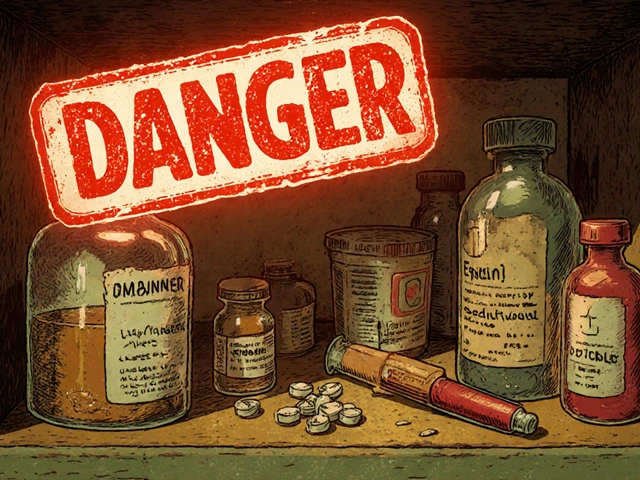Lidocaine – The Versatile Numbing Agent You Should Know
When working with lidocaine, a widely used local anesthetic and anti‑arrhythmic drug. Also known as Xylocaine, it blocks sodium channels to stop nerve signals, making it ideal for pain relief in many medical settings.
Lidocaine belongs to a broader class called local anesthetic, drugs that temporarily halt nerve conduction in a specific area. This class includes bupivacaine, mepivacaine, and procaine, each with its own duration and potency. The key attribute of local anesthetics is their ability to **reduce nerve signal transmission**, which is why dentists, surgeons, and emergency clinicians rely on them for quick, reversible numbness.
One popular way to deliver lidocaine is through topical analgesic, formulations such as creams, gels, patches, or sprays applied directly to the skin. These products let users target minor burns, insect bites, or post‑procedure soreness without a prescription. Because the medication stays on the surface, systemic absorption is low, making them safe for short‑term self‑care when used as directed.
In many procedures, lidocaine is mixed with epinephrine, a vasoconstrictor that narrows blood vessels. The combo prolongs the anesthetic effect and reduces bleeding by limiting drug wash‑out. This synergy is essential for dental fillings, minor skin excisions, and certain nerve blocks. The relationship can be phrased as: “Lidocaine + epinephrine → extended numbness + less bleeding.”
Beyond numbing, lidocaine serves as an anti‑arrhythmic agent for abnormal heart rhythms. When administered intravenously, it stabilizes cardiac cells by the same sodium‑channel blockage used on nerves. This dual role illustrates how a single molecule can span multiple medical specialties, from pain management to cardiology. Understanding these links helps patients and providers choose the right formulation—whether a patch for joint pain or an IV drip for ventricular tachycardia.
Whether you’re looking for over‑the‑counter creams, a dentist’s injection, or a cardiologist’s IV, the core idea stays the same: lidocaine temporarily stops nerve signals. The posts below dive into detailed comparisons, safety tips, and buying guides for a range of drugs that often sit beside lidocaine in treatment plans—like anti‑seizure meds, cholesterol reducers, and antibiotics. Explore the collection to see how lidocaine fits into broader therapeutic strategies and how to use it safely in everyday life.

How Local Anesthesia Boosts Dental Treatment Success
Learn how local anesthesia works, why it matters for dental success, and the best tips to ensure pain‑free procedures.
Read More




